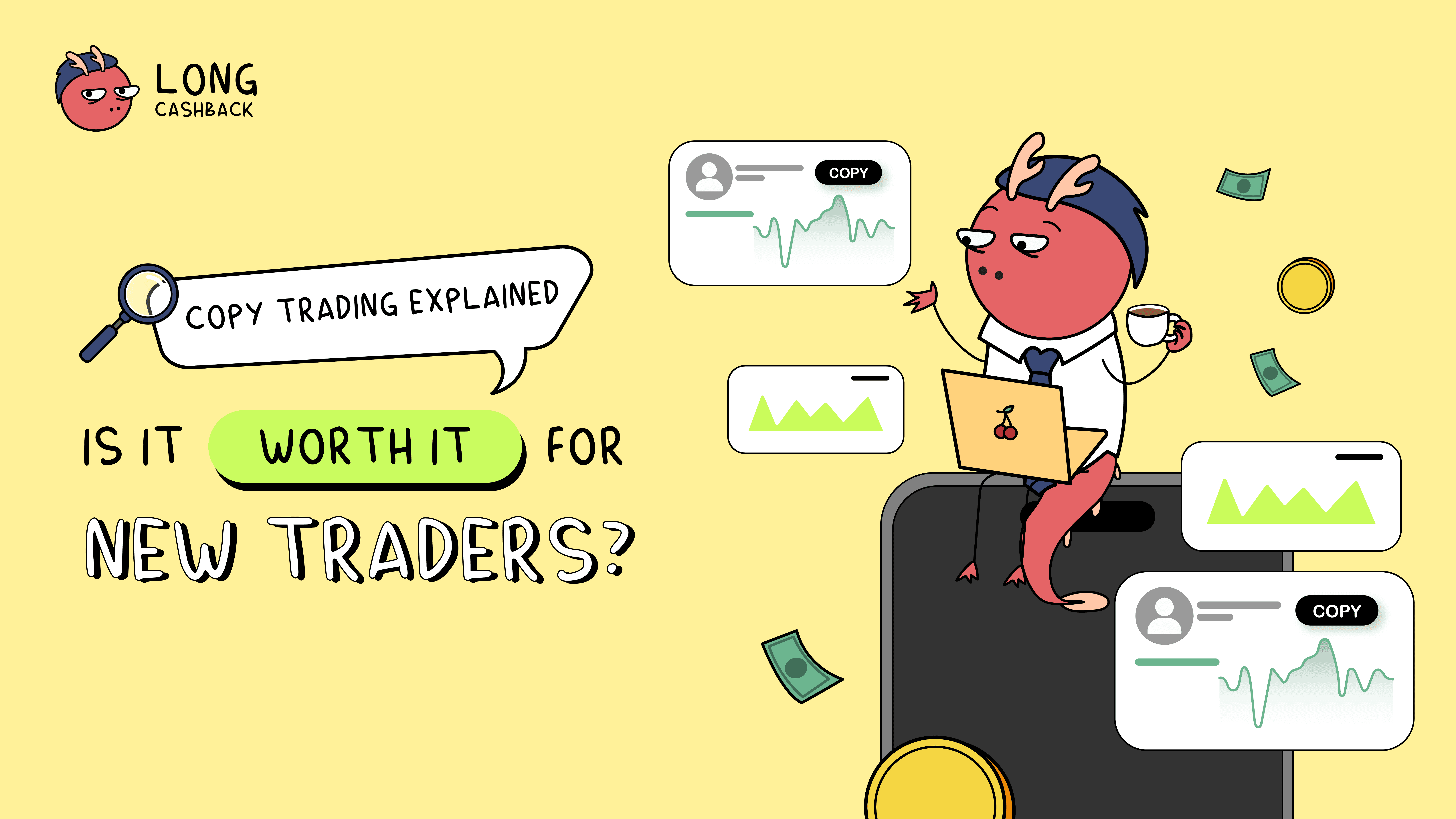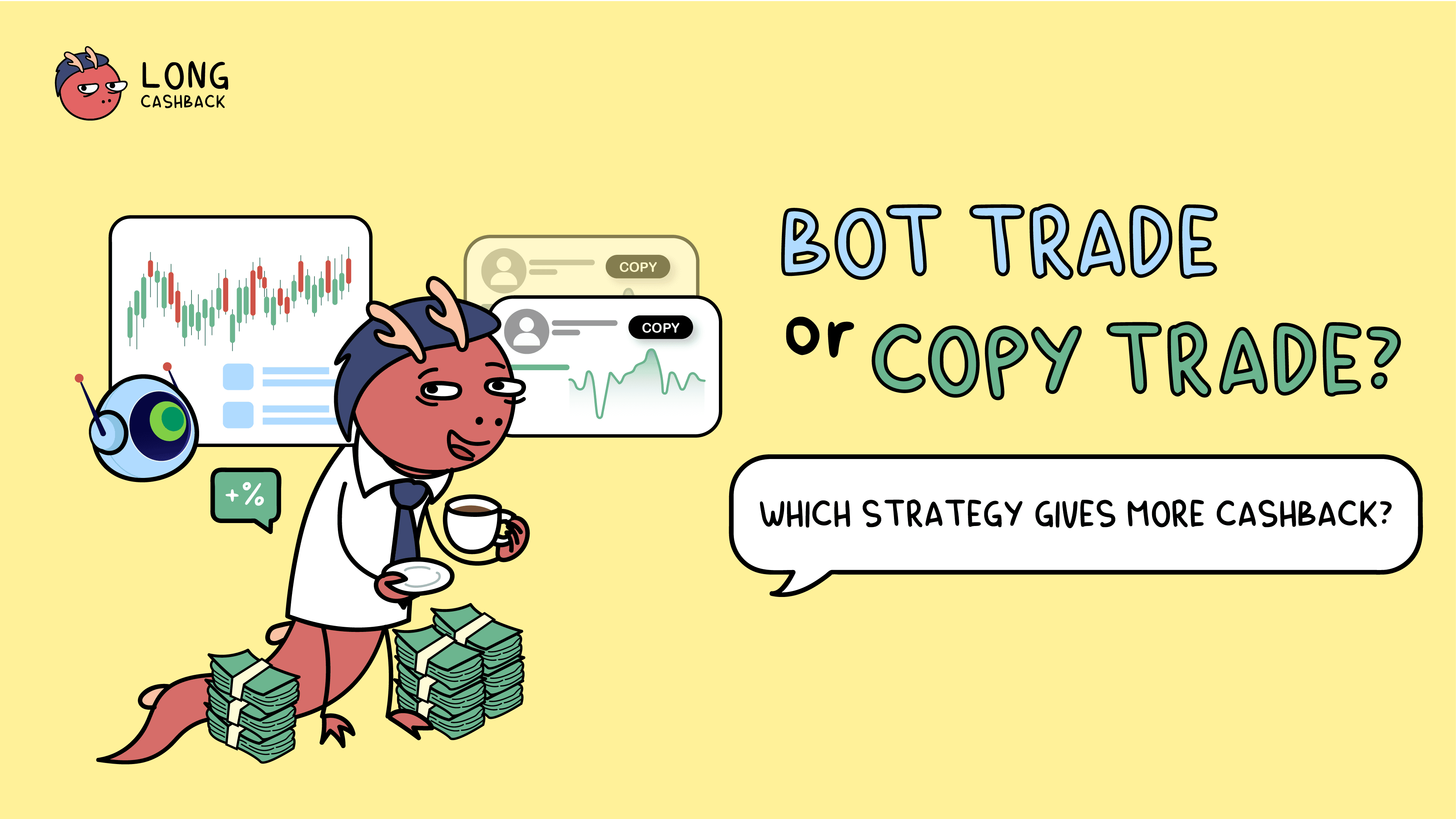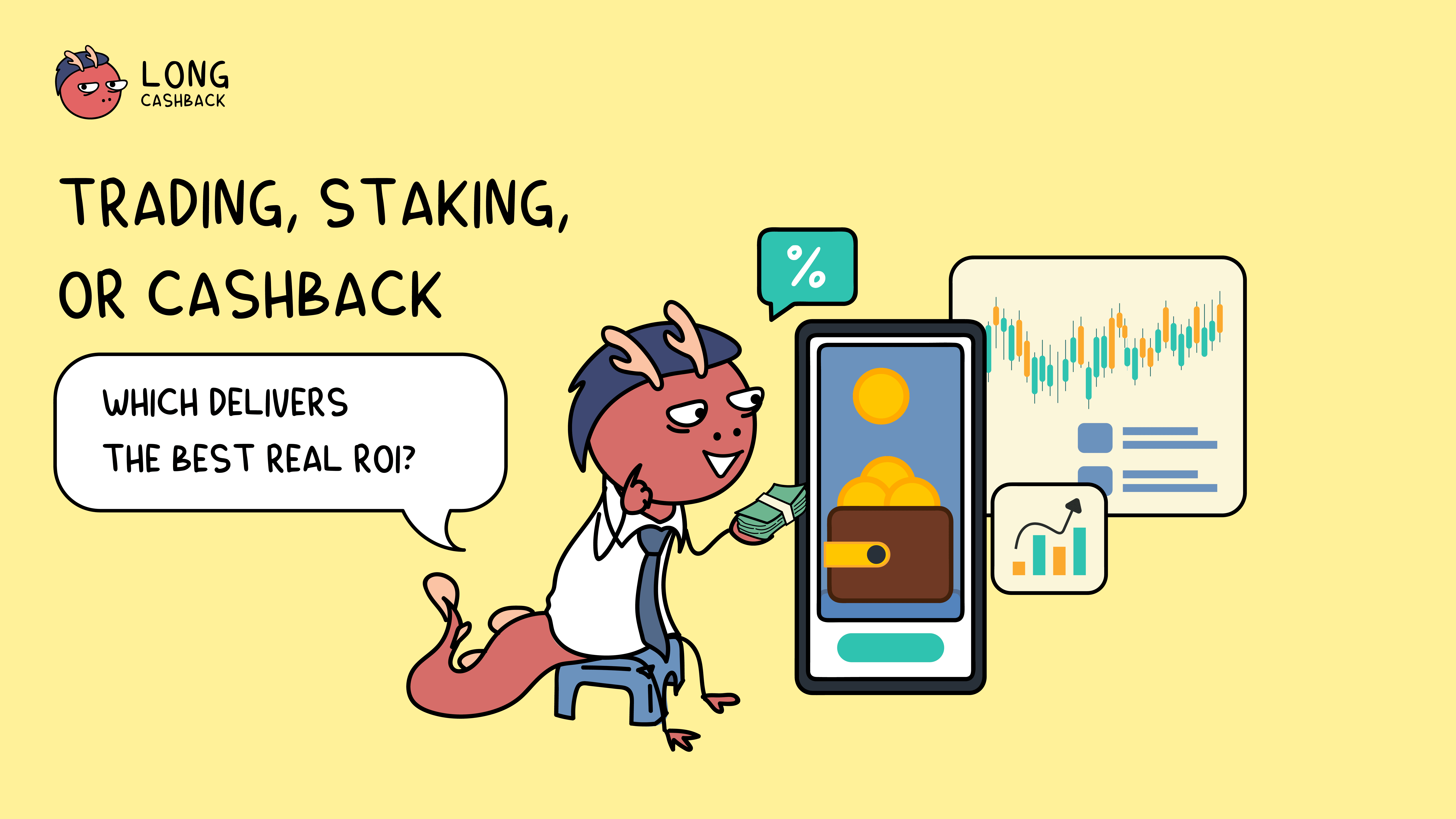September 23, 2025

In the 24/7 world of crypto, where price volatility is constant, individual investors are always searching for simple yet effective strategies to maximize returns. One solution that has gained popularity is Copy Trading, the ability to automatically replicate the trades of experienced traders. But is Copy Trading truly effective, and should beginners get involved?
This article provides a comprehensive analysis: from the definition and pros and cons, to how Copy Trading works in practice, and a step-by-step guide on using it with OKX.
Copy Trading is an investment approach where your account automatically mirrors the trades of another trader. Each time the lead trader opens or closes a position, the same action happens in your account in real time. Essentially, you delegate your trading strategy to someone you trust, instead of making every decision yourself.
To clarify, Copy Trading differs from other similar models:
In the crypto market, Copy Trading has become increasingly popular because it lowers the barrier to entry for beginners while giving professional traders a new source of passive income through profit-sharing fees.
Copy Trading saves time, since you don’t need to sit in front of charts for hours. It allows you to learn directly from experienced traders by observing how they manage capital, pick entry and exit points, and navigate market trends. It also makes trading accessible to beginners, requiring little technical analysis knowledge, and enables portfolio diversification by copying multiple traders at once to spread risk.
However, there are drawbacks. Past performance never guarantees future results — even top traders go through losing streaks. Copy Trading also means full dependency: if your lead trader loses, you lose. Some traders pursue high profits using excessive leverage, which increases risk dramatically. And finally, costs matter: most platforms charge profit-sharing fees, usually between 5% and 20%, which can eat into long-term returns.
Copy Trading can be effective, but only when approached wisely. Success depends on choosing traders with consistent track records, stable win rates, and controlled drawdowns, while allocating only a portion of your portfolio to copy.
On the flip side, blindly following a single trader, committing too much capital, or joining during volatile market swings can lead to poor results. Another overlooked factor is trading fees: frequent transactions from Copy Trading can quickly add up, reducing net profits.
That’s why many investors turn to cashback services like Long Cashback, which refund up to 50% of trading fees. With this advantage, Copy Trading not only generates profits from price movements but also helps cut costs significantly over the long run.
Ultimately, Copy Trading should be seen as a learning and diversification tool, not a guaranteed profit machine. Long-term effectiveness comes down to risk management, discipline, and fee optimization.
OKX is one of the most reliable platforms offering transparent and beginner-friendly Copy Trading. Here’s how to get started:
Step 1: Open an account
Register an OKX account through a referral link from Long Cashback and complete KYC verification. By signing up this way, you’ll receive up to 50% cashback on trading fees, maximizing savings from day one.
Note: OKX also charges a profit-sharing fee of 8–13% for lead traders, which is competitive compared to the 10–20% range across other exchanges.
Step 2: Fund your account
Deposit USDT or USDC into your Copy Trading wallet, which will serve as the capital for mirrored trades.
Step 3: Select a trader
Browse the Copy Trading leaderboard, checking metrics such as profit, drawdown, win rate, and trading style.
Step 4: Configure your copy settings
Click “Copy,” choose the capital allocation, select Fixed or Proportionate mode, and set a stop-loss to protect your funds.
Step 5: Monitor and manage
Once activated, trades will be mirrored automatically. You can pause copying, adjust settings, or switch traders at any time.
6.1. Is Copy Trading risky?
Yes. When you copy profits, you also copy risks.
6.2. Is Copy Trading suitable for beginners?
Yes, but only with small amounts at first, to learn and gain experience.
6.3. Can I stop Copy Trading anytime?
Absolutely. You can withdraw funds or stop copying whenever you want.
6.4. Is Copy Trading good for small capital?
Yes. Many platforms allow starting with as little as $20–$50.
6.5. Copy Trading vs Bot Trading, which is better?
Bots run on algorithms; Copy Trading relies on human judgment. Each has pros and cons; many traders combine both.
Copy Trading offers beginners a fast track into crypto markets, letting them leverage the experience of seasoned traders while saving time. But it’s not a shortcut to guaranteed profits. The key is to start small, manage risk carefully, and treat Copy Trading as a supportive tool rather than a full strategy.
With the right approach and by reducing costs through cashback programs like Long Cashback, Copy Trading can become a valuable stepping stone, helping traders both learn and grow sustainably in the fast-paced world of crypto.

Compare the advantages and disadvantages of “bot trading” and “copy trading” for earning rebates when trading digital assets, helping investors choose the most profitable approach.
long cashback crypto cashback bot trading copy trade
Tham gia ngay, săn Airdrop – trúng thưởng tới tấp cùng Bybit
BYBIT cashbackcrypto futurestrading
In the crypto market, trading, staking, and cashback are three common ways to earn from digital assets. This article compares their real ROI, highlights when cashback can outperform the others, and explains how traders can optimize their net returns.
ROI cashbackcrypto staking tradingfutures